It’s 2025, and while Windows 10 rides off into the sunset, you might find yourself with a perfectly capable PC deemed “incompatible” with Windows 11. Don’t despair! This guide is your key to unlocking the Windows 11 upgrade, even if Microsoft’s official channels say otherwise. We’ll delve into the reasons behind these compatibility hurdles, explore safe and effective workarounds, and guide you through the process step-by-step.
Why the Compatibility Clash?
Microsoft’s stringent hardware requirements for Windows 11 have caused quite a stir. While factors like TPM 2.0 and Secure Boot are genuinely aimed at bolstering security, they’ve left many users with older but perfectly functional PCs out in the cold. This has fueled frustration and confusion, especially for those who feel their hardware is more than capable of handling Windows 11.
The official reasoning revolves around enhancing security and ensuring a smoother, more consistent user experience. However, many see this as a push to accelerate hardware upgrades, a move that hasn’t sat well with a significant portion of the Windows user base.
Is Your PC Truly Incompatible?
Before we dive into workarounds, let’s confirm if your PC is genuinely incompatible. Microsoft’s PC Health Check app is your first port of call. This tool provides a clear breakdown of your system’s compatibility status, highlighting any areas that need attention.
However, don’t take the initial assessment as the final verdict! Many users, including myself, have found that seemingly minor upgrades, like enabling TPM 2.0 in the BIOS (often already present but deactivated) or updating a driver, can flip the compatibility switch in your favor.
The Upgrade Odyssey: Charting Your Course
If your PC still falls short after those initial checks, it’s time to explore alternative upgrade paths. Here are the most reliable methods I’ve encountered, both through personal experience and extensive research across forums and tech communities:
- The Official ‘Unofficial’ Route: The Windows 11 Installation Assistant
While Microsoft emphasizes the importance of meeting the requirements, they also offer a way to bypass the checks using their own Windows 11 Installation Assistant. This method involves a degree of risk, as it might lead to instability or unforeseen issues. However, for many, it’s the most straightforward path.
My Experience: I used this method on an older laptop with an unsupported CPU. While the installation went smoothly, I did encounter some initial driver hiccups. A quick update spree resolved those, and the system has been running without a hitch ever since.
- The ISO Image and Media Creation Tool: A More Hands-on Approach
For those comfortable with a slightly more technical approach, downloading the Windows 11 ISO image and using the Media Creation Tool provides greater control over the upgrade process. This method often allows you to bypass compatibility checks altogether.
Community Insights: Reddit threads are filled with success stories from users who opted for this route. However, it’s crucial to back up your data beforehand, as clean installs are sometimes necessary.
- Third-Party Tools: Proceed with Caution
Several third-party tools, like Rufus, have gained popularity for their ability to create bootable USB drives that bypass Windows 11’s hardware restrictions. While these can be effective, exercise caution and download only from reputable sources.
A Word of Warning: While tempting, modifying system files or using unofficial patches can introduce instability and security risks. Always prioritize official methods or well-regarded third-party tools with active communities and support.
Upgrading Your ‘Incompatible’ PC: A Step-by-Step Guide
Let’s walk through the upgrade process using the Windows 11 Installation Assistant, as it strikes a balance between ease of use and effectiveness:
Before You Begin:
- Back up your data! This is crucial, as any upgrade carries a small risk of data loss.
- Update your Windows 10 installation. Ensure you have the latest updates installed to minimize potential compatibility issues.
- Check your BIOS settings. Enable TPM 2.0 and Secure Boot if they’re available. Refer to your motherboard’s manual for specific instructions.
Upgrade Steps:
- Download the Windows 11 Installation Assistant: Head to the official Microsoft website and download the assistant.
- Run the Assistant: Launch the downloaded file and follow the on-screen prompts.
- Accept the License Agreement: Read through the agreement and accept the terms.
- Check for Updates: The assistant will check for any pending updates and install them.
- Ready to Install: Once the checks are complete, you’ll be presented with the “Ready to install” screen. Click “Install.”
- Installation Progress: The installation process will begin. Your PC might restart several times.
- Welcome to Windows 11: Once the installation is complete, you’ll be greeted by the Windows 11 setup process. Follow the instructions to personalize your settings.
Post-Upgrade Essentials: Fine-Tuning Your Windows 11 Experience
Congratulations on successfully upgrading to Windows 11! Here are a few essential post-upgrade steps:
- Update Drivers: Head to the Device Manager and check for any driver updates.
- Install Essential Software: Reinstall any essential applications you use regularly.
- Explore New Features: Familiarize yourself with the new features and interface changes in Windows 11.
- Monitor Performance: Keep an eye on your system’s performance in the initial days to identify and address any potential issues.
Embracing the Future, One Upgrade at a Time
Upgrading to Windows 11, even with an ‘incompatible’ PC, is entirely possible. By carefully assessing your system, choosing the right upgrade path, and following the necessary steps, you can unlock the latest Windows experience and enjoy its new features and security enhancements.
Remember, the tech community is a valuable resource. Don’t hesitate to seek help on forums or communities like Reddit if you encounter any roadblocks. With a little persistence and the right guidance, you can successfully navigate the compatibility maze and embrace the future of Windows.

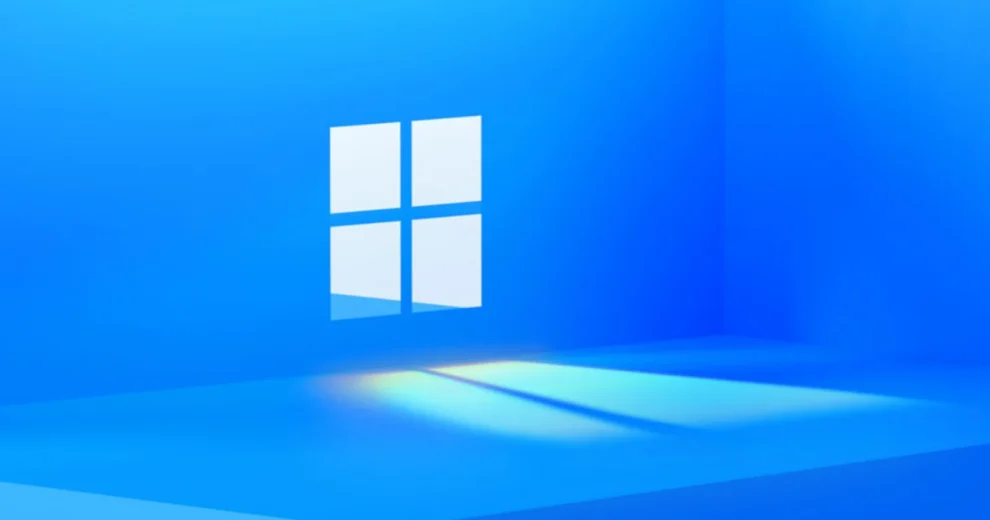
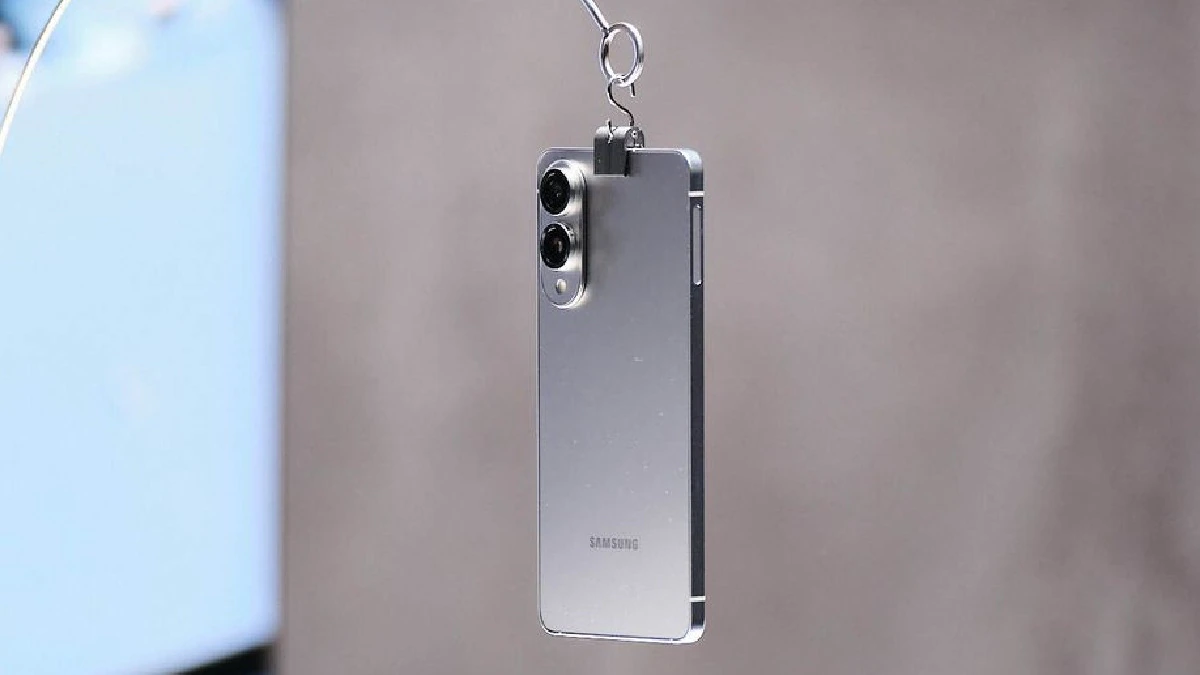
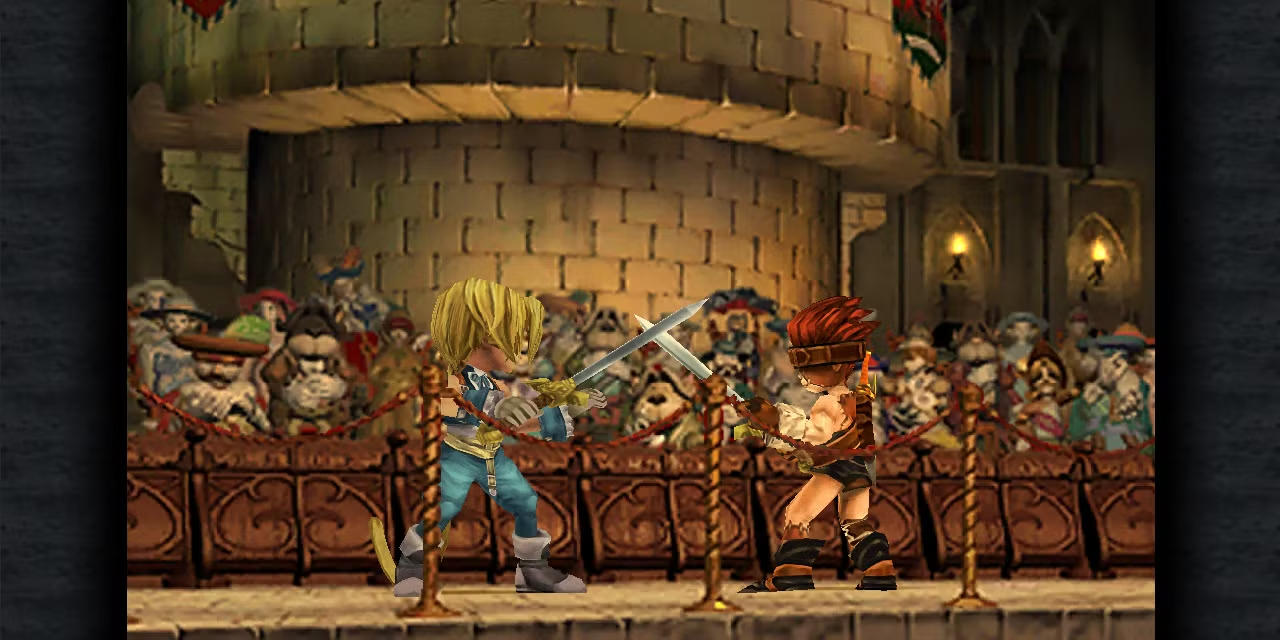
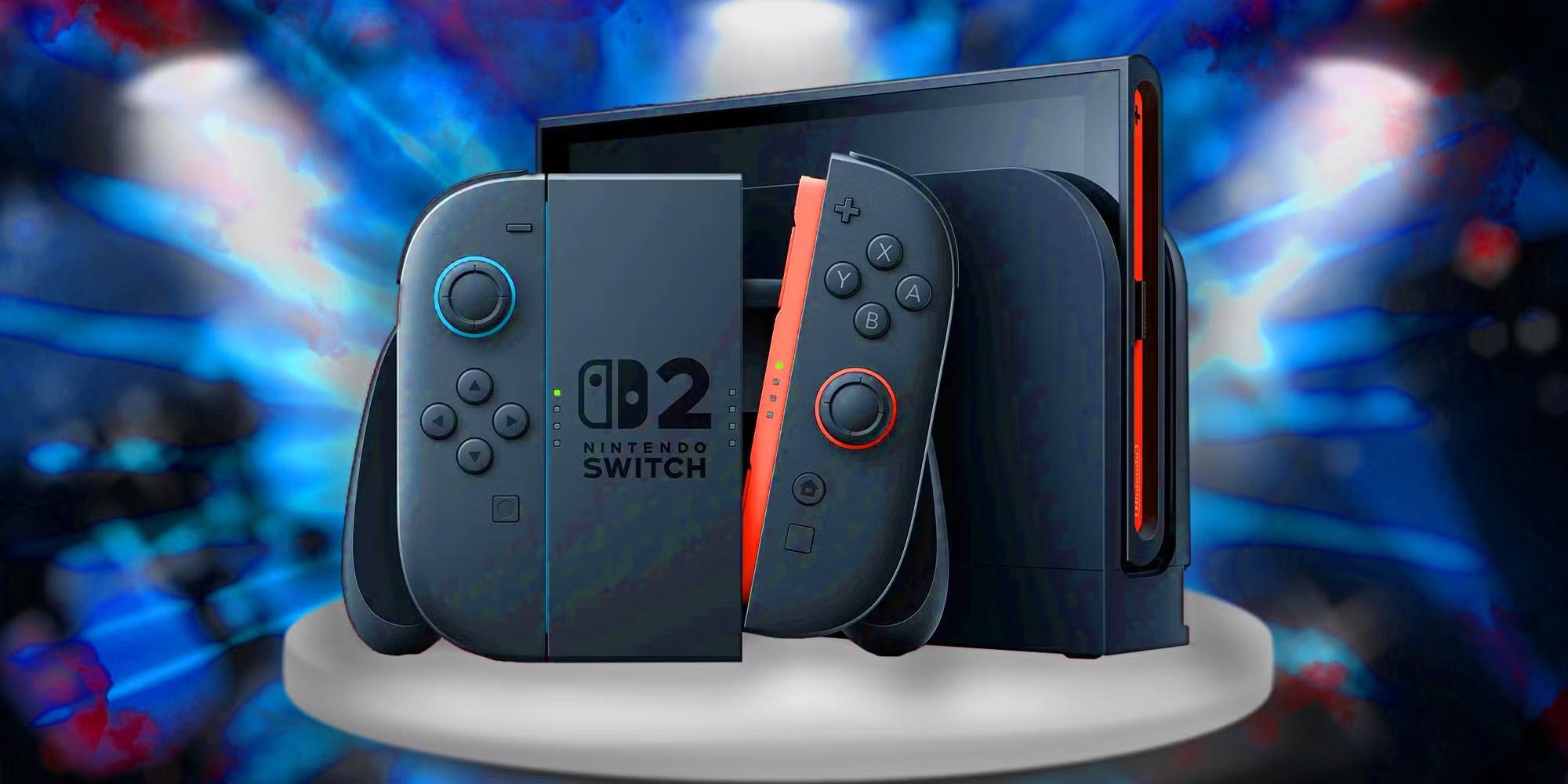


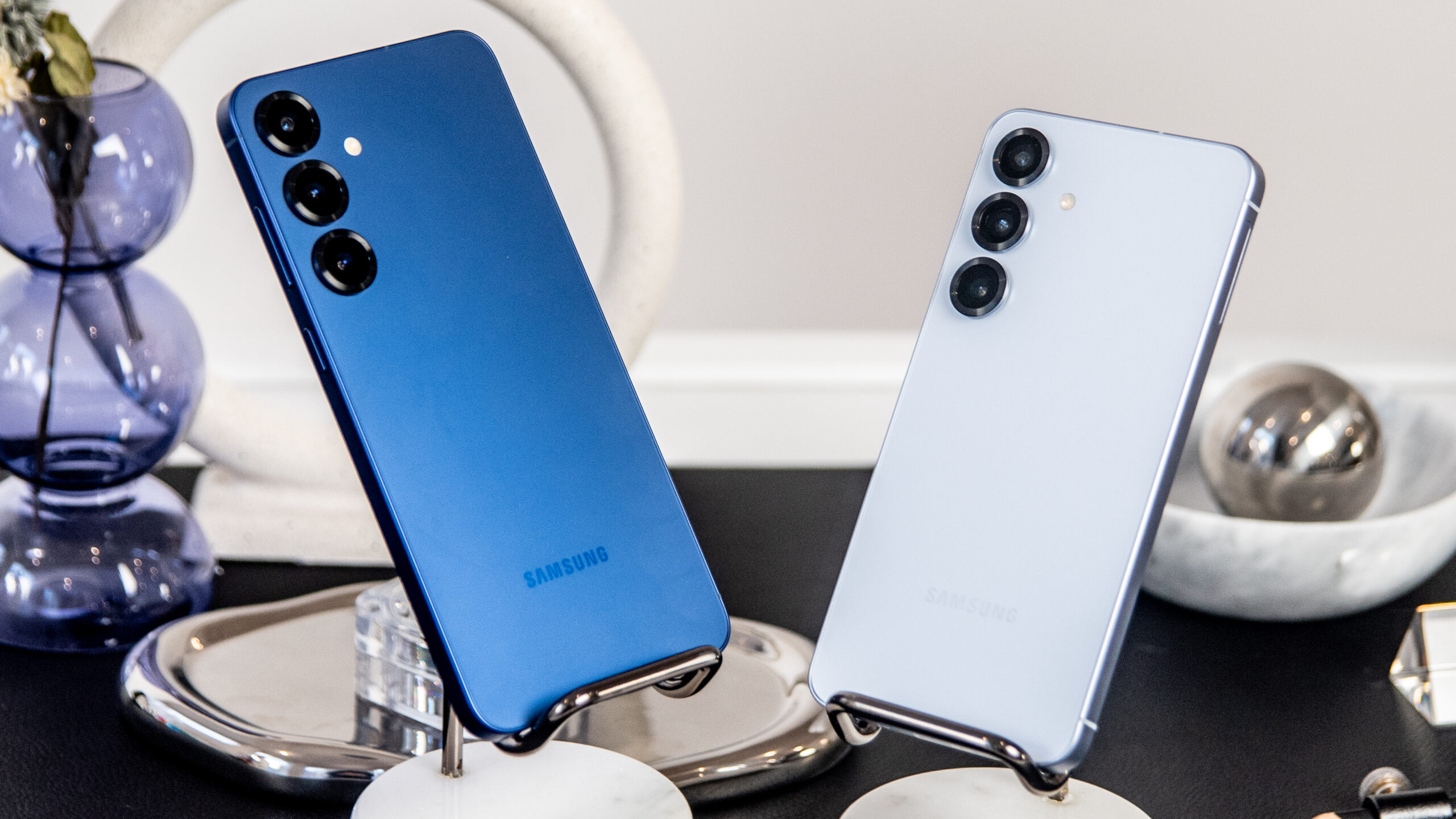

Add Comment